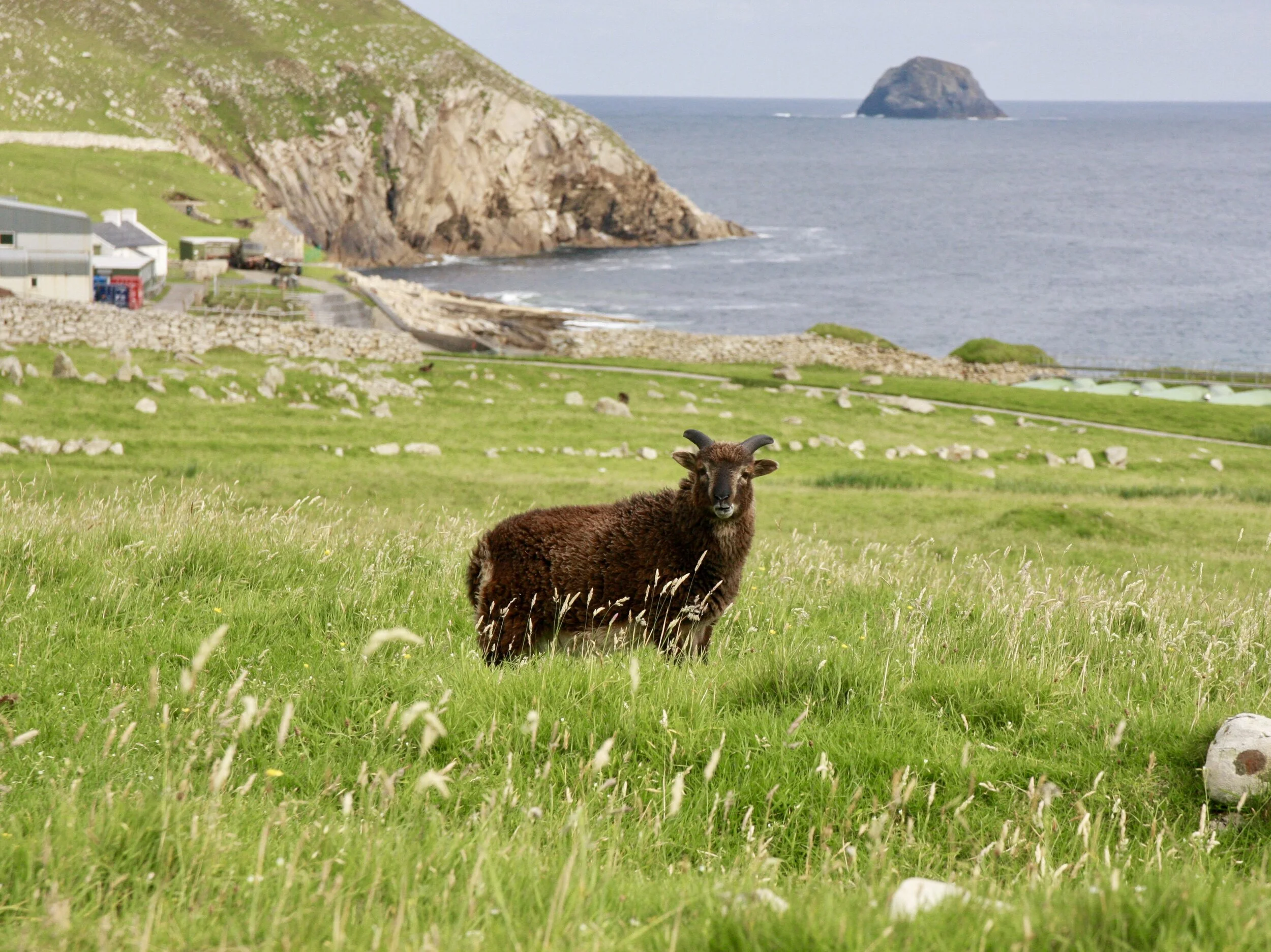Gut ecosystem dynamics in a wild mammal
Soay Sheep Ecology Within
Project aims
The Ecology Within Project is a funded by a large NERC grant. This project, which kicked off in March 2019, combines the unique long-term monitoring of the Soay Sheep population of St. Kilda with next-generation sequencing methods to investigate the drivers of gut community dynamics from the host and environment, relationships among microbiota and other parasitic gut residents. By sampling longitudinally, the project will be able to study changes within individuals due to diet and environmental changes, and explore fitness consequences of gut community composition in the wild. Find out more about this collaborative project here, or learn more about the long-term Soay Sheep Project here.
My role
As a Postdoctoral Research Associate with the Ecology Within Project, I work with Luke McNally and Dan Nussey. I work with both field and lab teams to coordinate data pipelines for the broader project and am currently working with Luke to develop novel statistical methods to integrate gut community data into our understanding of the ecology and fitness of this well-studied population. I am also interested in the relationships between the gut microbiota and the diverse gastrointestinal parasites harboured by Soay Sheep.
OUR APPROACH
A GLMM approach to microbiota analysis in the wild
We use a generalised linear mixed-effects model approach to estimate relative contributions of multiple factors to gut microbiota community composition from multiple complex factors. We also use this approach to estimate differential abundances at multiple taxonomic levels across groups of interest within the population. You can read the preprint dealing this approach and its applications here.
Related work
Additionally, I am investigating the effects of nutrition supplementation and parasite community perturbations on the gut microbiota. I am doing so in a natural host-helminth system using samples collected from wild and laboratory studies in my PhD study system, Apodemus sylvaticus.
The role of the microbiome for host ecology and evolution
Research efforts are rapidly increasing for characterising microbiomes of wild animals. However, there remain many gaps in our understanding of how results generalise across systems and the broader role of host-associated microbial communities for host fitness and phenotypes in the wild. To address the many pressing questions surrounding this area of research, bringing together international and interdisciplinary researchers with complementary insights and interests can facilitate discussion and advancement of the field. I am a co-organiser of two such networks which bring together a broad range of microbiome scientists. ‘Wild Animal Microbiome Evolution’ is a special topic network funded by the European Society for Evolutionary Biology offering events and resources and ‘Animal Microbiome Research Group’ is an early career researcher-led group offering free annual meetings and a year-round Slack workspace. Find out more for either group by clicking below or follow us on twitter.




